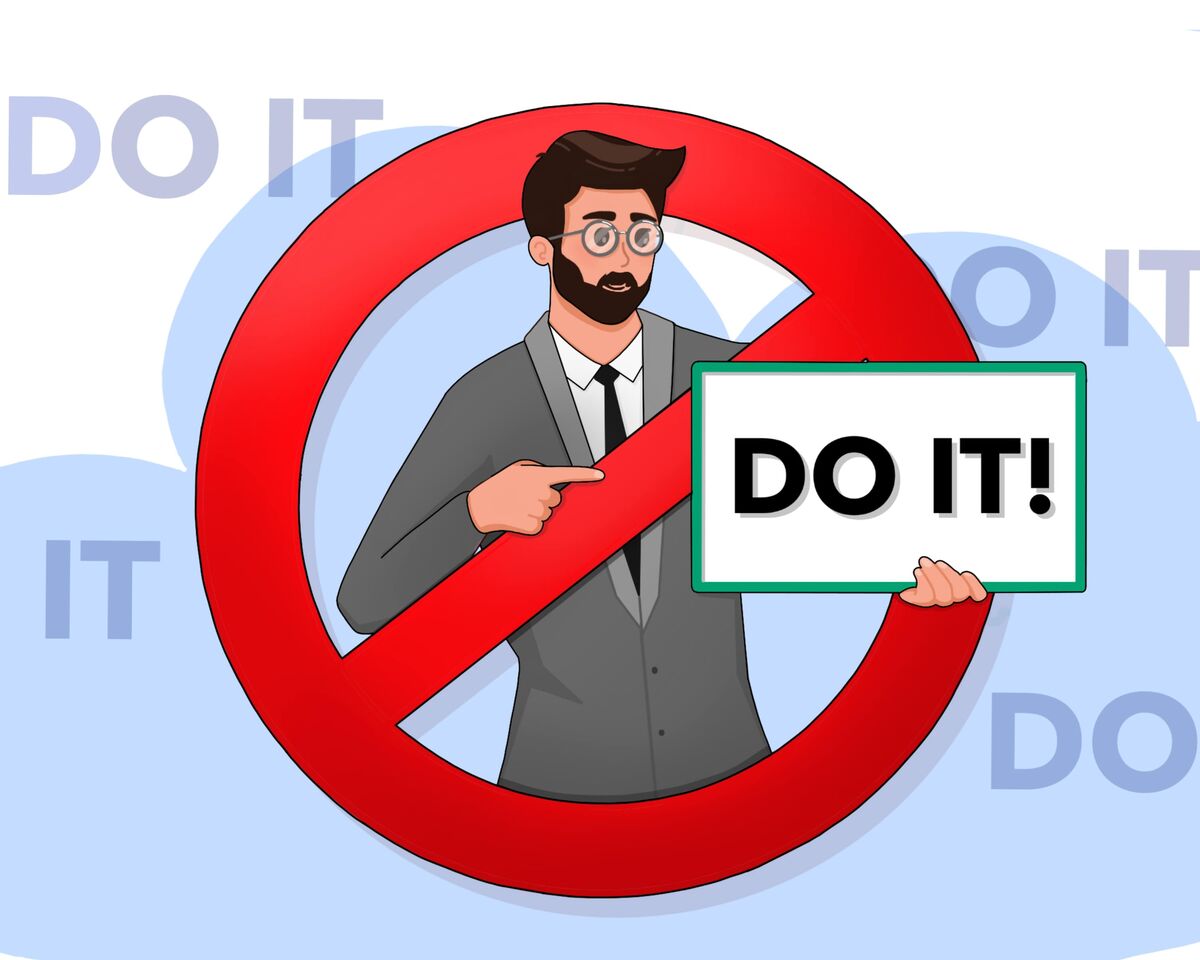How to Make YouTube’s Algorithm Work in Your Favor!

Algorithms are tweaked and changed daily. You throw them varying information, and they still don’t give you the results expected.
They are not capable of mood swings. They don’t hate us or refuse to help. It's a logical mechanical system that creators need to understand.
In this article that is what we will help you do – understand. So let’s explore a couple of ideas that will help make the unruly algorithms of YouTube work for us.
How algorithms work
Algorithms work much simpler than creators think. Creators often assume there's some kind of 'black magic' involved.
Regardless of what you might have heard somewhere from someone, algorithms are just an automated recommendation system, their main goal is to please the viewer. Since viewers are diverse, the most challenging aspect is to devise a system that takes into account the individual interests of each viewer.
Keep in mind that YouTube wants to suggest interesting videos and to compile video playlists that can keep viewers on the platform for as long as possible. This allows them to sell more ads and generate tons of revenue. It took years for companies to develop this system, and now everyone thinks it works almost like magic. However, it operates with a vast amount of invested effort, knowledge, time, and money. Without those investments, it wouldn't function.
YouTube's main goal is viewers and their interests. Creators, in this system, are resources from whose videos it will create the ideal playlist. The better you describe your content to YouTube, the more chances you have of getting into relevant playlists.
The better and more interesting your video, the greater the chances that it will end up in other playlists recommended to viewers. If you want to accuse the platform of bias, go ahead, because YouTube really doesn't promote low-quality and dull content since viewers don't watch it. To select videos from creators and give them priority in recommendations, YouTube uses video performance indicators and information it has gathered about its audience.
The main valuable signals for YouTube are indicators such as likes, dislikes, comments, retention, watch time, and so on. It's impossible to list them all because YouTube Help says that there are over 80 billion different indicators of efficiency on the platform.
Summing up all these signals, they tell the platform about the quality level of the videos, not their numerical metrics. These signals inform the platform that a particular video suits a specific audience and that your videos bring pleasure to viewers, keeping them on the platform. The more positive signals, the more people the platform will show your content to.
It's not subscribers or the number of views; it's the indicators of efficiency that influence your promotion on the platform. And that's how preference is given to content that performs well.
How to make algorithms work for you
Tell YouTube and subscribers about your content
To make it easier for the algorithm to form an impression of you as a creator, it is necessary to provide comprehensive information about your content. This will prevent any misconceptions. Since the algorithm prioritizes viewers, it becomes the creator’s task to tell the algorithm how good the content is and, most importantly, who might enjoy it.
YouTube gives uploaders an equal chance to promote any video. The crucial aspect is for the creator to convey minimal information to the algorithm about the potential audience that might find the video interesting. If there is enough information, the video receives a certain number of views.
"So why do I upload a video, it gets a specific number of views, and then it stops growing?"
Because YouTube initially grants a certain number of impressions, and if there's no response from the audience, it stops providing those impressions.
If YouTube didn't find a relevant audience, and the video didn't capture viewers' attention, there are two reasons:
- You didn't effectively communicate to the platform who the viewers of this video are.
- YouTube tried but missed the target audience.
In the latter case, you'll have to try again. If YouTube found your target audience but the viewers responded lacklusterly, then we move on to the second point.
Collect points from performance indicators
If you've successfully handled the first point, but your videos aren't gaining traction, there's a high probability that you're not accumulating the necessary points from performance indicators.
Let's delve into the ones that most influence YouTube algorithms and that we can track in the channel analytics.
- CTR
The very first things viewers see on the platform are the thumbnail and title of the video. Therefore, right after YouTube shows your video to a relevant audience, it will consider how appealing your videos are externally to that audience: how many times the thumbnails and titles attracted viewers out of the total number of impressions YouTube provided. If the response is good, you'll earn additional points and views from the platform.
- Average viewing time and retention
Retention indicates that your video is interesting to viewers. A video that has a high number of views, meaning clicks on thumbnails, but has retention of less than a minute, is unlikely to be promoted by the platform. It simply doesn't help YouTube achieve its main goal—keeping viewers on YouTube.
Meanwhile, a video with good average retention is more likely to be recommended to a relevant audience. So, good watch time and retention are indicators of your ability to captivate viewers with your topic, format, or story in the video.
- Views
Despite the fact that the quantity of views is not as crucial for the platform today as the quality of these views, YouTube still takes them into account in its statistics. Moreover, the number of views will help you identify which videos, topics, and formats viewers watch more frequently.
- Impressions
This is a very fluctuating metric that relies on the effectiveness indicators that a particular video accumulates. We don't take into account the initial number of views – that figure simply exists. However, when the video has already caught the viewers' attention, the number of views from the platform will increase if the video achieves good effectiveness indicators, or it will slow down if the video doesn't resonate with the audience.
If you have managed to accumulate points from effectiveness indicators, and YouTube has started giving you a good number of views on each video, the next stage awaits you.
Motivate viewers to watch multiple videos
The sequence in your content will help you score well with YouTube algorithms.
If you skillfully organize the video recommendation system on your channel, work on end screens, links within videos, links in the video description, and even links within the video text to other content on your channel, you'll be able to retain viewers for multiple videos.
And more videos mean more appreciation from YouTube in the form of views. In this way, you are helping YouTube achieve its goals: pleasing the viewer and keeping them on the platform.
Keep your audience engaged
This point applies to the overall content on your channel. If you can keep your audience engaged for a more extended period on YouTube, it will increase watch time and other engagement metrics. This positively influences YouTube algorithms towards you.
If viewers enjoy your engaging content and you cleverly ask them to share it with their friends, word of mouth will start working for you. Do not underestimate this method of verbal marketing because it works better than any other promotion format.
Word of mouth is also taken into account by YouTube, just like any other engagement signal.
Choose your development strategy
There are several recommendation systems on YouTube. Your goals and methods of working with algorithms may vary depending on which recommendation system you plan to work with. Let's discuss two main systems.
- YouTube recommendations
To understand what to focus on when promoting your content to get recommended by the platform, you need to first understand what algorithms rely on here. Here, the viewer's watch history is primarily taken into account. To start "swimming" in the platform's recommendations, you will need to study your target audience very well.
It's crucial to think one step ahead of the viewer because you must anticipate what they might want to watch while viewing specific content on your topic. For example, if you know that your viewers watch many videos from other creators in your niche on how to bake a cake, and you understand that not all viewers are aware that whipping cream should be at room temperature, while your competitors in the niche either don't mention it or mention it infrequently in their videos.
Therefore, a logical solution would be to release a video on how to correctly choose and whip cream to achieve the desired consistency. Recommendations are much more capricious than search algorithms because it's crucial to consider a performance indicator here, such as watching videos to the end and excellent retention.
In this system, these are the main effectiveness signals, and without them, your informative video will not be recommended for popular videos on the topic. And for this, you will have to make an interesting video.
Since the platform separates recommendations from what we see on the Home page and those that come after the viewed video, we should also understand that in both systems, algorithms may rely on different performance indicators.
For example, on the Home page, it's primarily the viewer's search and view history, and here, a clear audience portrait is crucial. In the next video, what matters more is how much your video is similar to the one the viewer just watched, i.e., relevance to the theme. Here, it's essential to be able to adapt to trending videos from other creators.
- Search recommendations
With search, no matter how you look at it, SEO plays the most crucial role—your ability to work on queries and audience "pain points." Besides the video title, it's worth noting that the video description is the most underestimated weapon of any creator.
You must spend time creating a valuable and SEO-oriented video description so that the algorithm clearly understands the purpose of your video, who should see it, which query it addresses, and what audience "pain point" it solves.
The text you see beneath your video after uploading can become a goldmine for you. You shouldn't take the video description lightly. Metadata, your engagement in the video, and various other factors will help you become visible in user search results or recommendation streams. However, other content creators are also awaiting that coveted click from a new viewer, so any means to win in this race will help—from optimizing titles to tags.
Keep in mind: optimization should be done with regular testing, so keep trying different titles and images to know what works and what doesn't. In search results, the usefulness of the video and its relevance to user queries and "pain points" are considered more than in YouTube recommendations. In recommendations you are chasing after suitable video themes rather than usefulness.
Of course, besides SEO, there are other important aspects, such as the duration of video views for specific queries. When you work on optimizing your video, you must outline the questions from viewers that your video answers.
The higher the retention for a specific query in your video, the higher it will be ranked in search results. In addition to this, YouTube pays attention to the viewing and search history of specific viewers. This means that you need to study and work on audience queries first and foremost. By doing the aforementioned, you will cover many tasks at once: good optimization, addressing viewer "pain points," and their search queries.
Don't forget about the authority of sources. In search recommendations, the platform's algorithms pay special attention to gray content that misleads viewers and removes it from top positions in search results.
When working with search recommendations, there is rarely any viral and trending content that instantly gains a lot of views. Instead, evergreen content that consistently brings in the audience, views, and improves performance indicators works here. In contrast, recommendations have an explosive but short-term effect on video promotion.
The information we have provided in this article is extremely useful in crafting your channel and content development strategy. Take some time to deep dive into understanding each point and use it to propel your YouTube channel in the right direction.
Good luck ♥




